Collaborative Approaches to Managing Packaging Specifications
Baraka • November 13, 2024
Collaborative Approaches to Managing Packaging Specifications
Introduction
In the fast-paced world of product development, packaging specifications play a crucial role in ensuring that products are protected, appealing, and compliant with regulations. However, managing these specifications effectively requires collaboration among various stakeholders. So, why is collaboration key in packaging management? Let’s dive into the details.
The Importance of Packaging Specifications
Packaging specifications are detailed documents that outline the requirements for packaging materials, dimensions, labeling, and other critical elements. They serve as a blueprint for manufacturing and ensure that every product is packaged consistently and safely.
Why Collaboration is Key in Packaging Management
Collaboration among different teams—such as engineering, quality assurance, and supply chain—is essential for creating effective packaging solutions. When everyone is on the same page, it leads to better product quality and a smoother production process.
Understanding Packaging Specifications
Before we explore collaborative approaches, let’s clarify what packaging specifications entail.
What Are Packaging Specifications?
Packaging specifications detail everything from the types of materials used to how products should be labeled and stored. They ensure that all aspects of packaging are standardized across different production runs.
The Role of Packaging Specifications in Product Quality
Well-defined packaging specifications directly impact product quality. They help prevent issues like damage during transport or contamination, ensuring that products reach consumers in optimal condition.
Benefits of Collaborative Approaches
Adopting a collaborative approach to managing packaging specifications offers numerous advantages.
Enhanced Communication Across Teams
When teams collaborate, communication improves significantly. This leads to fewer misunderstandings and a more streamlined workflow, which ultimately enhances productivity.
Improved Consistency and Quality Control
Collaboration ensures that everyone involved understands the specifications clearly. This consistency helps maintain high-quality standards across all products.
Streamlined Processes and Reduced Errors
By working together, teams can identify potential issues early on and address them before they become costly problems. This proactive approach reduces errors and minimizes delays.
Key Stakeholders in Packaging Specification Management
Identifying who needs to be involved in the collaborative process is crucial for success.

Internal Teams Involved
Packaging Engineering
Packaging engineers are responsible for designing packaging that meets both functional and aesthetic requirements. Their expertise is vital in ensuring that specifications are practical.
Quality Assurance
Quality assurance teams ensure that all packaging meets regulatory standards and internal quality benchmarks. Their involvement helps catch potential issues before products hit the market.
Product Development
The product development team must align their goals with packaging specifications to create a cohesive product experience. Their input is essential for ensuring that the packaging complements the product itself.
External Partners
Suppliers
Suppliers play a critical role in providing materials that meet specified requirements. Collaborating closely with them ensures that they understand what is needed for successful production.
Retailers
Retailers can provide valuable insights into consumer preferences and market trends. Their feedback can help shape packaging designs that appeal to customers.
Best Practices for Collaborative Management
To maximize the benefits of collaboration, consider these best practices:
Establishing Clear Communication Channels
Setting up clear communication channels among all stakeholders helps facilitate discussions about specifications and any changes that may arise during production.
Utilizing Technology for Collaboration
Specification Data Management Systems
Implementing specification data management systems can centralize information, making it easily accessible to all relevant parties. This reduces the risk of errors associated with outdated documents.
Project Management Tools
Using project management tools can help track progress on packaging projects, assign tasks, and manage deadlines effectively.
Regular Training and Workshops
Conducting regular training sessions ensures that all team members are up-to-date on the latest packaging standards and practices. Workshops can foster collaboration by allowing teams to brainstorm solutions together.
Challenges in Collaborative Approaches
While collaboration offers many benefits, it also comes with challenges that need addressing.
Aligning Diverse Objectives Among Teams
Different departments often have varying priorities—designers may focus on aesthetics while engineers prioritize functionality. Finding common ground is essential for successful collaboration.
Managing Data Across Different Platforms
With many teams using different software systems, managing data can become cumbersome. Ensuring compatibility between platforms is crucial for smooth information flow.
Overcoming Resistance to Change
Introducing new collaborative processes may meet resistance from team members accustomed to traditional methods. Effective change management strategies are necessary to ease this transition.
Case Studies: Successful Collaboration in Packaging Management
Let’s look at some real-world examples where collaboration has led to successful outcomes in packaging management.
Example 1: Beverage Industry Collaboration
A leading beverage company partnered with a design firm and material suppliers to develop eco-friendly bottles made from recycled materials. This collaboration not only reduced costs but also appealed to environmentally conscious consumers.
Example 2: Consumer Goods Sector Innovations
In the consumer goods sector, a major brand worked closely with its suppliers to streamline its packaging processes. By sharing data through a centralized platform, they reduced lead times and improved overall efficiency while maintaining high-quality standards.
Future Trends in Packaging Specification Collaboration
As we move forward, several trends are emerging in collaborative approaches to packaging specification management.
The Rise of Digital Solutions
Digital tools will continue to evolve, offering more sophisticated ways for teams to collaborate on packaging specifications seamlessly. These solutions will enhance data sharing and improve overall efficiency.
Increasing Focus on Sustainability
With sustainability becoming a priority for consumers and companies alike, collaborative efforts will increasingly focus on developing eco-friendly packaging solutions that meet both regulatory standards and consumer expectations.
Conclusion
In conclusion, collaborative approaches to managing packaging specifications are essential for ensuring product quality and efficiency. By fostering communication among internal teams and external partners, companies can navigate the complexities of modern supply chains more effectively. As we look towards the future, embracing digital tools and sustainability will be key drivers of success in this area.
What are the key components of packaging specifications?
Key components include materials used, dimensions, labeling requirements, compliance standards, and handling instructions.
How can collaboration improve packaging quality?
Collaboration enhances communication among teams, leading to fewer errors and better adherence to quality standards throughout production processes.
What technology tools are best for managing packaging specifications?
Specification data management systems and project management tools are highly effective for centralizing information and tracking progress across teams.
What challenges do companies face in collaborative packaging management?
Common challenges include aligning diverse objectives among teams, managing data across different platforms, and overcoming resistance to change from employees accustomed to traditional methods.
How can companies foster a culture of collaboration?
Companies can foster collaboration by establishing clear communication channels, utilizing technology effectively, conducting regular training sessions, and promoting an inclusive environment where all stakeholders feel valued.



